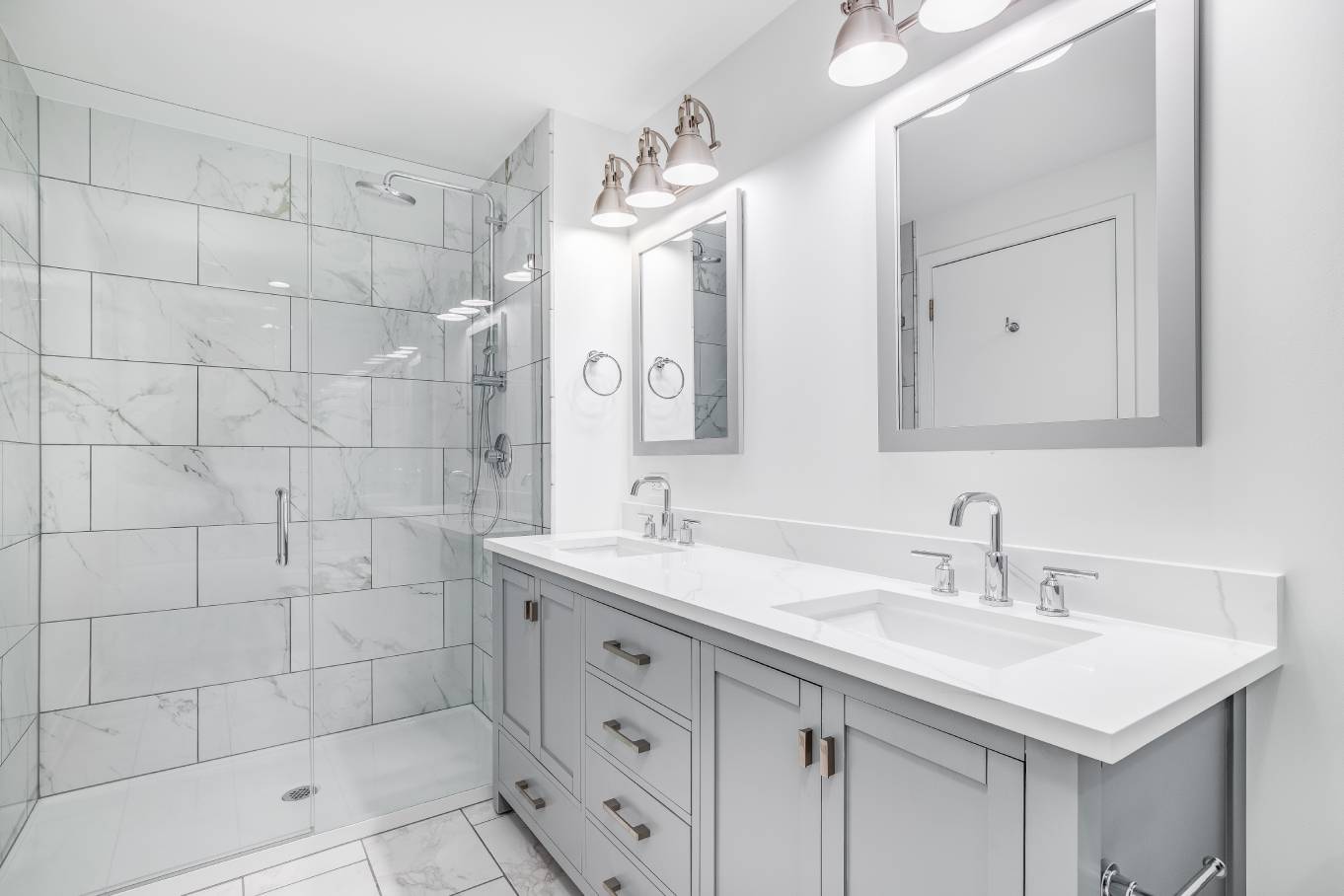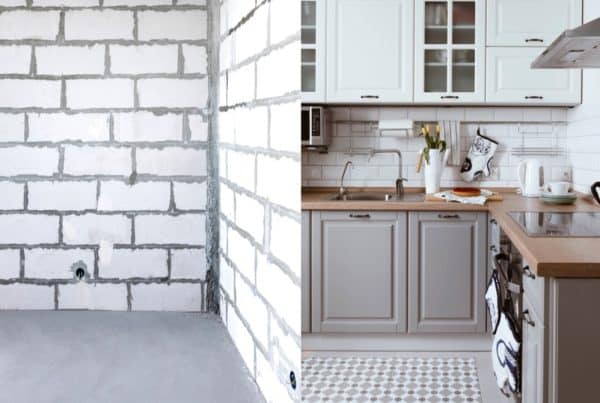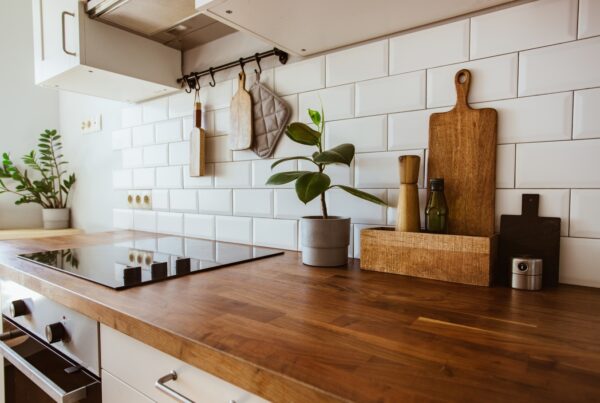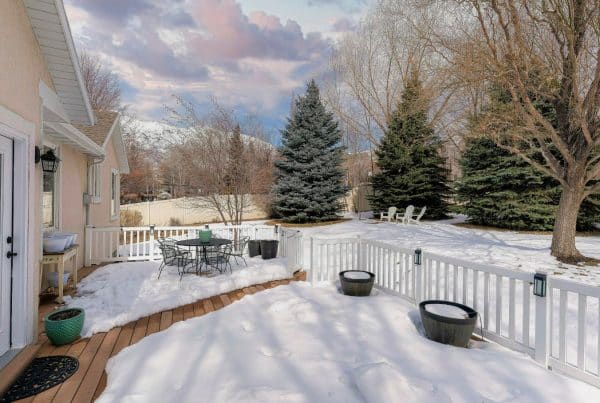Remodeling your bathroom can be exciting, but it’s easy to overlook key details in the planning process. A well-planned remodel can elevate functionality and style, while poorly thought-out decisions can lead to headaches. Here are ten essential factors to consider during your bathroom remodel.
1. Budget Allocation
Start by setting a realistic budget that covers all aspects of the remodel. Allocate funds wisely between essentials like plumbing updates, fixtures, materials, and labor. Leave some room for unexpected expenses, as they are bound to come up during the renovation process.
2. Spatial Planning
Think about how to utilize your bathroom space in the best way possible. Large or small, the layout matters significantly. Plan the placement of essential components like the shower, sink, and toilet to optimize functionality and flow. Experts recommend sticking to the existing plumbing layout if possible to save money.
3. Fixture Selection
Your choice of fixtures dramatically impacts your bathroom’s overall look and usability. Invest in durable, high-quality sinks, faucets, bathtubs, or walk-in showers that match your style and needs. Pair these fixtures with hardware that complements the aesthetic. Bathroom hardware plays an important role in tying everything together, so don’t overlook the finishes.
4. Ventilation and Lighting
Proper ventilation keeps your bathroom free of mold and mildew, while good lighting can instantly brighten the space and make it feel more welcoming. Install an exhaust fan that meets the room’s needs and layer your lighting with a mix of task, accent, and ambient solutions.
5. Hiring Professionals
Partnering with the right professionals, such as contractors, plumbers, and electricians, ensures high-quality work and compliance with building codes. Look for licensed and experienced experts who specialize in bathroom remodeling, and don’t hesitate to ask for referrals or check reviews before hiring.
6. Permit Acquisition
Skipping permits can cause expensive problems later. Contact your local building authority to determine what permits you’ll need for plumbing, electrical, and structural updates. Handling permits correctly from the outset ensures your remodel meets safety standards and avoids delays.
7. Design Consistency
A cohesive design scheme enhances the visual appeal of your bathroom. Match colors, materials, and finishes to create a balanced, harmonious aesthetic. Choose the right paint for your bathroom—moisture-resistant options are necessary for durability and longevity.
8. Storage Solutions
Lack of storage can lead to clutter, no matter how beautiful your bathroom design is. Plan for smart storage options like built-in cabinets, floating shelves, or vanity drawers. Accessible, stylish storage makes your daily routine more efficient and keeps your space organized.
9. Material Quality
High-quality materials provide both durability and a polished appearance. Opt for materials like ceramic or porcelain for tiles, quartz for countertops, and solid wood or waterproof MDF for cabinetry. These choices may cost more upfront, but save money over time by avoiding excessive maintenance or premature replacements.
10. Long-Term Value
A bathroom remodel should stand the test of time, so consider its long-term impact. Invest in energy-efficient fixtures, water-saving appliances, and classic design choices that won’t quickly go out of style. A well-executed remodel increases your home’s market value and personal satisfaction with the space.
Considering the above factors will leave you with a functional bathroom remodel that you can love for years. Now you’re ready to take the first step, start planning today.




